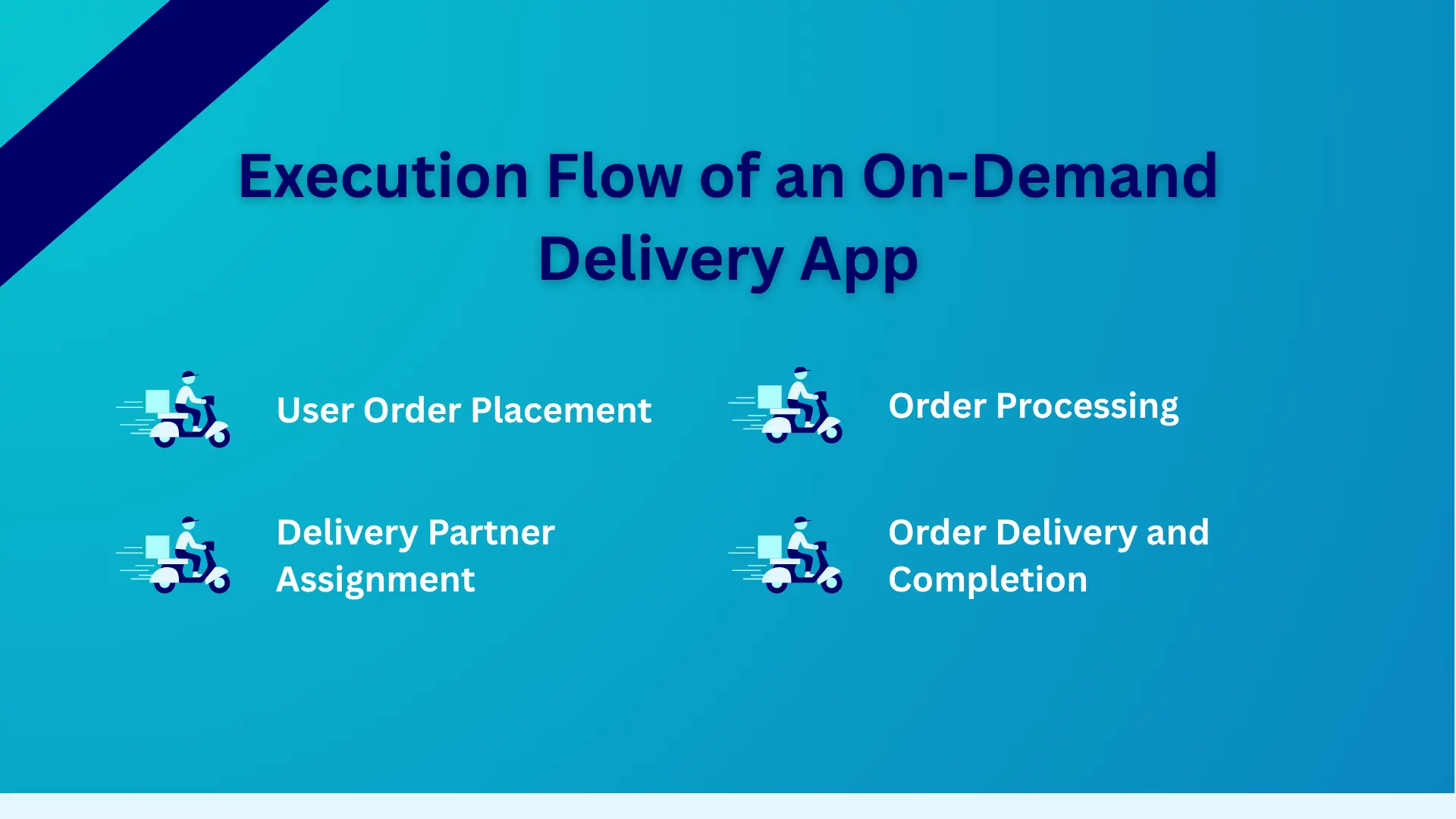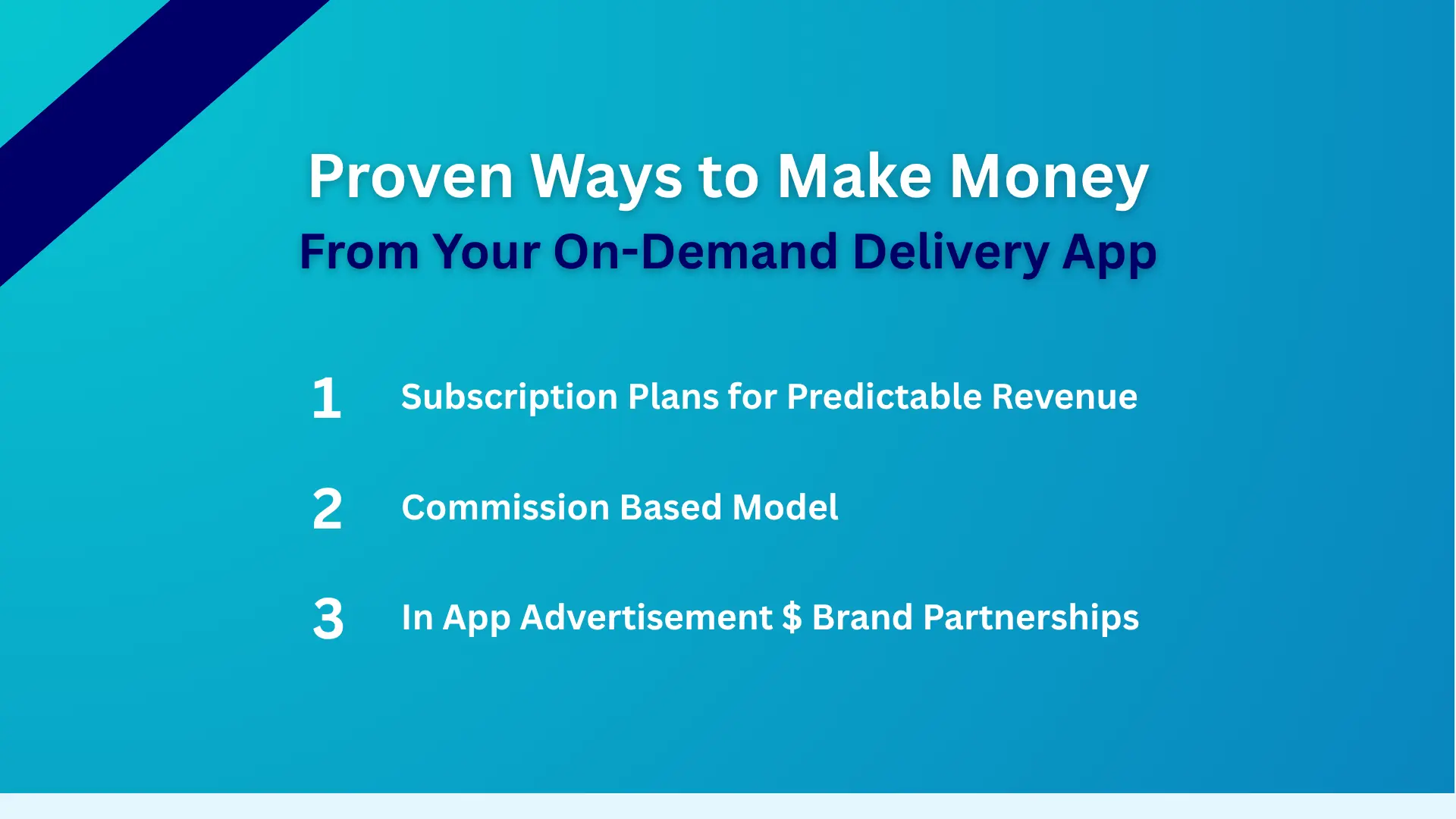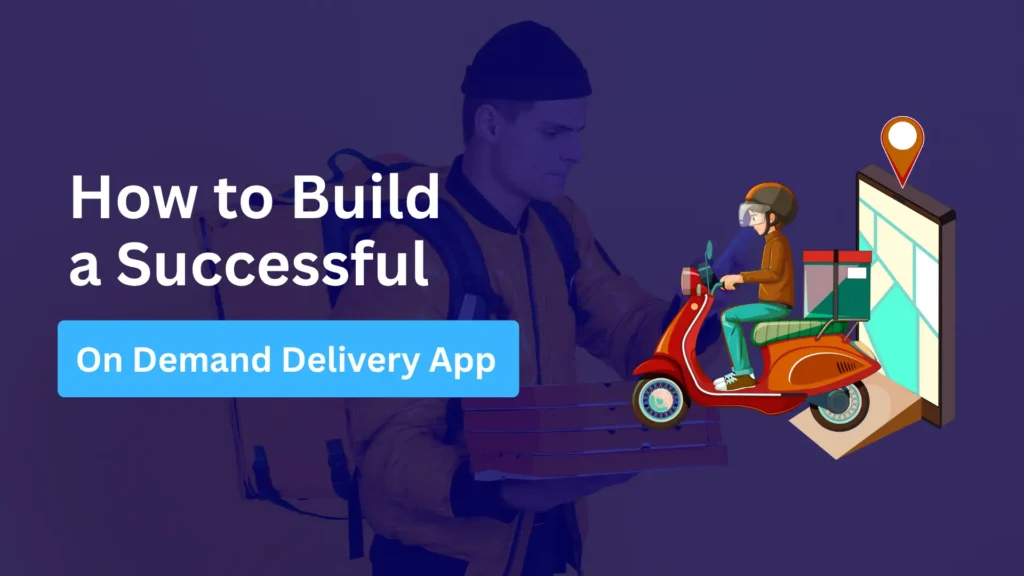Remember when grocery shopping meant a trip to the store? Or when three-day deliveries felt fast? Those days are over. Today, from morning coffee to midnight snacks, on-demand delivery apps have revolutionized how we live — and they’re not slowing down.
The on-demand delivery app industry was valued at $143.8 billion in 2021 and is forecasted to skyrocket to $428.9 billion by 2031. If you’re considering launching your own app, now is the time.
In this detailed guide from PWH Services, we’ll take you through every stage of building a powerful and user-focused on-demand delivery app — from validating your idea to launching and scaling your product.
What Is an On-Demand Delivery App?
An on-demand delivery app connects users with service providers or delivery partners in real time. Whether it’s food, groceries, medicine, or laundry, these apps allow customers to place orders and have them delivered to their doorstep quickly and conveniently.
It’s a digital bridge between businesses, consumers, and logistics professionals, making the process from selection to delivery smooth and efficient.
Want innovative mobile app solutions for your business? Explore our App Development Services
Step-by-Step: How to Build an On-Demand Delivery App
1. Validate Your Market Idea
Before development, ask: “Does the market need my app?”
Start by analyzing competitors like DoorDash or Zepto. Look for gaps in service—perhaps your local market lacks 24/7 delivery, or small businesses need better tech support.
Define your Unique Value Proposition (UVP): Why will customers choose your app over others?
2. Understand Your Target Audience
You must know who you’re building for. Learn their pain points and behaviors:
Run surveys or interviews
Analyze usage patterns through tools
Read real customer reviews on competitors’ apps
3. Spot Gaps and Seize the Opportunity
Explore underserved markets or unmet customer expectations. Use tools like SWOT analysis, observe emerging trends (eco-friendly delivery, hyperlocal models), and dig into localized needs for maximum impact.
4. Choose Your Development Approach
You have 3 options:
| Option | Pros | Cons | Best For |
|---|---|---|---|
| In-House Team | Full control, tight collaboratio | Expensive, slower hiring | Startups with long-term goals |
| Outsourcing | Faster time-to-market, expert access | Less control, vendor risk | Businesses seeking quick launch |
| Hybrid | Balance of control and speed | Complex management | Flexible mid-sized businesses |
PWH Services offers custom-tailored mobile solutions built for performance and scalability. Let’s talk!
5. Select the Right Business Model
| Model | Description | Best For |
|---|---|---|
| Single-Store | One business manages all operations | Local shops and restaurants |
| Aggregator | Lists multiple vendors, handles orders | Marketplaces like Uber Eats |
| Hybrid | Mix of in-house and third-party delivery | Scalable businesses seeking flexibility |
Ask yourself:
Do you want control or scalability?
Can you manage logistics or need a partner?
6. Decide Your App Type
Here are major types of on-demand delivery apps:
| Type | Revenue Model | Key Considerations | Examples |
|---|---|---|---|
| Food Delivery | Commissions | Menu integration, delivery tracking | Uber Eats, DoorDash |
| Grocery | Subscription, service fees | Real-time inventory, logistics | Instacart |
| Parcel | Flat delivery fees | Secure tracking | FedEx, UPS |
| Services | Booking fees | Vetting professionals | TaskRabbit |
7. Define Core Features
Essentials:
User login
Real-time order tracking
Payment integration
Push notifications
Ratings & reviews
Advanced Add-ons:
AI recommendations
Analytics dashboard
Loyalty programs
In-app chat
Choose features aligned with your audience and app type.
8. Prioritize UX/UI Design
Great design creates loyalty. Focus on:
Smooth user flow (UX)
Clean visual hierarchy (UI)
CTA buttons that pop
Accessible design (voice input, AR menus)
9. Develop the App
Start lean with an MVP (Minimum Viable Product). Include only core features like ordering, payment, and tracking.
Development tips:
Frontend: Use Flutter or React Native for cross-platform performance
Backend: Choose Node.js or Django for scalability
Use secure cloud services (AWS, GCP)
Integrate APIs (payments, GPS, notifications)
10. Test Extensively
Before launch, test for:
Functionality
UI/UX responsiveness
Load time & server speed
Device compatibility
Real-world user feedback (beta testing)
11. Launch Your App
Push your app to iOS and Android stores. Promote using:
Social media
Email marketing
Paid ads
Influencer reviews
Monitor user downloads, reviews, and early crash reports to make quick fixes.
12. Scale and Optimize
After launch, continue improving:
Fix bugs
Add new features based on feedback
Scale infrastructure
Keep UX fast and friction-free
Execution Flow of an On-Demand Delivery App

- Order Placement: User browses, adds to cart, and pays
- Order Processing: Backend confirms and alerts vendor
- Delivery Assignment: GPS picks nearest delivery agent
- Order Completion: Real-time tracking and delivery status
Proven Monetization Strategies

Subscription Plans: Monthly fees for perks like free delivery
Commission Model: Take a cut of each order from vendors
In-App Advertising: Sponsored listings and featured spots
Industry Applications
1. Healthcare Delivery:
Prescription and equipment delivery at home
2. E-commerce & Logistics:
Same-day, 1-hour deliveries from major retailers
3. Laundry Services:
Pickup, wash, and return via app
Cost to Build an On-Demand Delivery App
| Complexity | Estimated Cost | Features |
|---|---|---|
| Basic | $30K–$50K | Core features only |
| Moderate | $60K–$80K | Admin panels, custom UI, tracking |
| Complex | $100K+ | AI, analytics, cloud architecture |
Need a budget-specific consultation? Talk to PWH Services and get a free project estimate.
Why Choose PWH Services?
At PWH Services, we specialize in delivering high-performance, scalable mobile apps for growing businesses. Our client-first approach means we don’t just build apps — we build tailored solutions that match your unique goals.
Whether you’re a startup or a growing enterprise, our team will help you launch an on-demand delivery platform that’s fast, user-friendly, and future-ready.
Ready to turn your idea into a powerful delivery app? Let’s build it together.




